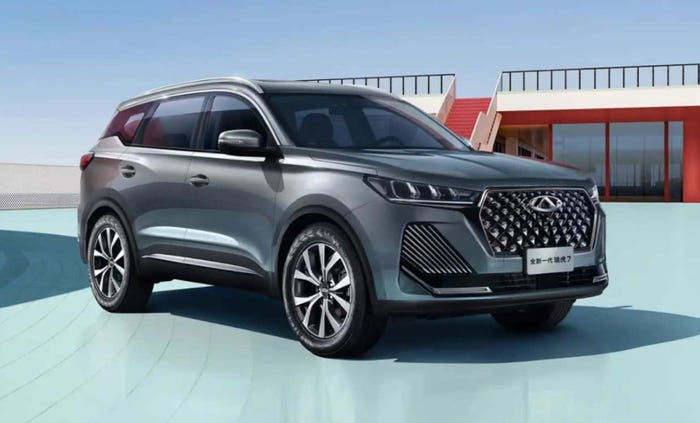Mazda to Add Engine Production at Russian Plant
The 50,000-unit-capacity plant in Vladivostok mainly will produce Mazda’s SkyActiv-G engines for export. Neither Mazda nor the government say whether output of Mazda6 and Mazda CX-5 models now built there will increase as part of the new investment.

ST. PETERSBURG – Mazda signs an agreement with the Russian government to build engines and updated Mazda6 and Mazda CX-5 models at its plant in Vladivostok.
Under the agreement to be in effect at least until 2023, Mazda initially will invest more than RR2 billion ($40 million) in both engine and car production, with the possibility of significantly increased investments.
The 50,000-unit-capacity plant will specialize in production of Mazda’s SkyActiv-G engines, most of which will be exported. The project will create 600 new jobs.
There is a possibility the Vladivostok plant eventually will manufacture plastic parts mainly for export to Japan, Asia and South Korea.
The project will be implemented by Mazda Sollers, the joint production venture between Mazda and Russian auto assembler Sollers established in late 2012. The JV currently focuses on Mazda6 and Mazda CX-5 production, although neither Mazda nor the government say whether output of those models will increase as part of the new investment.
Association of European Businesses data show production of Mazda cars in Russia in 2015 fell 28% from prior year, to 24,200 units. In the first seven months of this year sales dropped 26% to 11,000, cutting Mazda’s market share to 1.4%.
From 2005-2010 production at the Mazda-Sollers plant operated under an agreement to localize production in Russia but was replaced by a new policy with significantly more stringent standards for investors. That policy was suspended in the fall of 2015 because of Mazda-Sollers’s inability to fulfill its conditions and the level of localized production was adjusted afterward.
A Sollers spokesman said at the time that the policy was revamped mainly due to the lack of infrastructure in Vladivostok, a city of 606,000 residents in far eastern Russia and the country’s largest Pacific Ocean port.
The Association of European Businesses, updating its previous forecast of a 4.7% decline in Russian auto sales this year, revised its estimate to a 10.3% drop, to only 1.44 million vehicles, after June deliveries fell 12.5%.
The market started to improve in the spring but reverted to weak demand.
About the Author
You May Also Like



